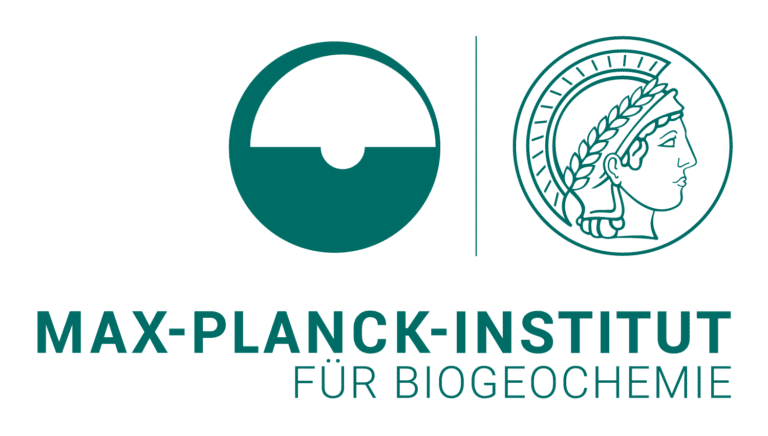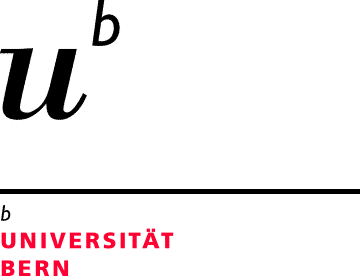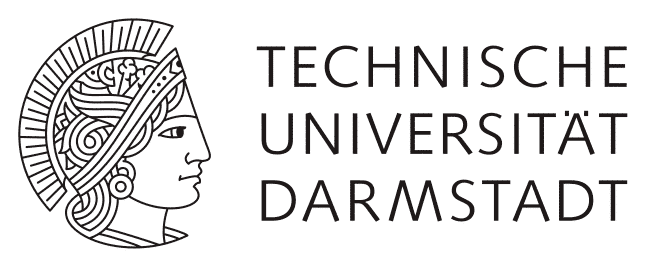Observation of adaptive traits in a translocation experiment with European beech and its association with genetic variation
As part of the BEECHGEN project, a comprehensive translocation experiment with beech seedlings was established in 2012. The experiment aimed to provide insights into the genetic adaptability of beech and, at the same time, identify relevant environmental and land use variables affecting the development of beech. Extensive genetic data were collected in the BEECHGEN and BEECHADAPT projects. In the current GENADAPT project, additional traits such as survival and growth in the translocation experiment are recorded and associated with the genetic data.
The aim of the GENADAPT project is to conduct a detailed study of the genetic basis of local adaptation in European beech.
- Beech populations show differences in terms of their survival and growth.
- So far, data does not show clear superiority of local populations. It is assumed that in the course of the experiment, no local adaptation in European beech will be observed.
- Environmental variables can be identified that have an influence on the survival and growth of the beech populations.
- Genetic variation is identified that contributes to the expression of adaptive traits.
Genome-wide association analyses will be conducted between genetic variation and adaptation-relevant variables.










